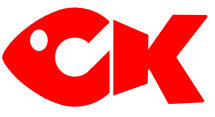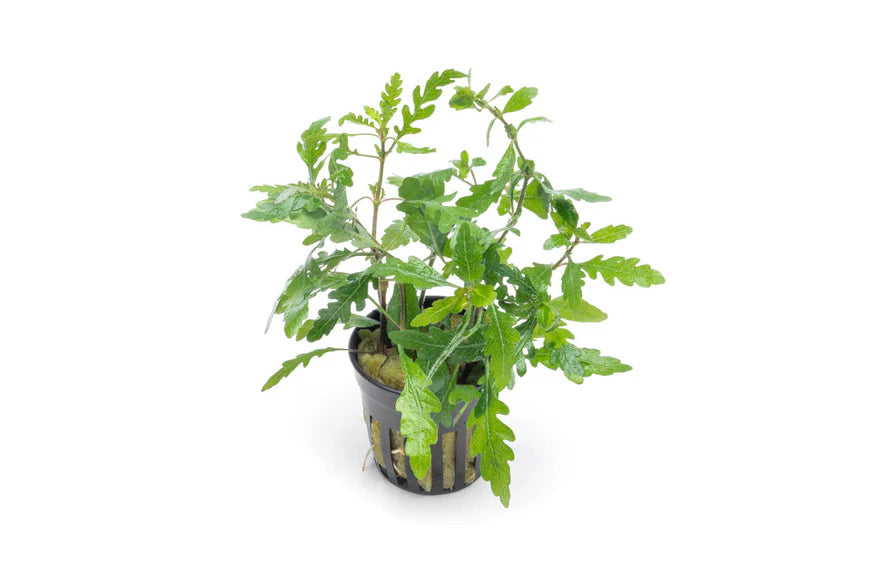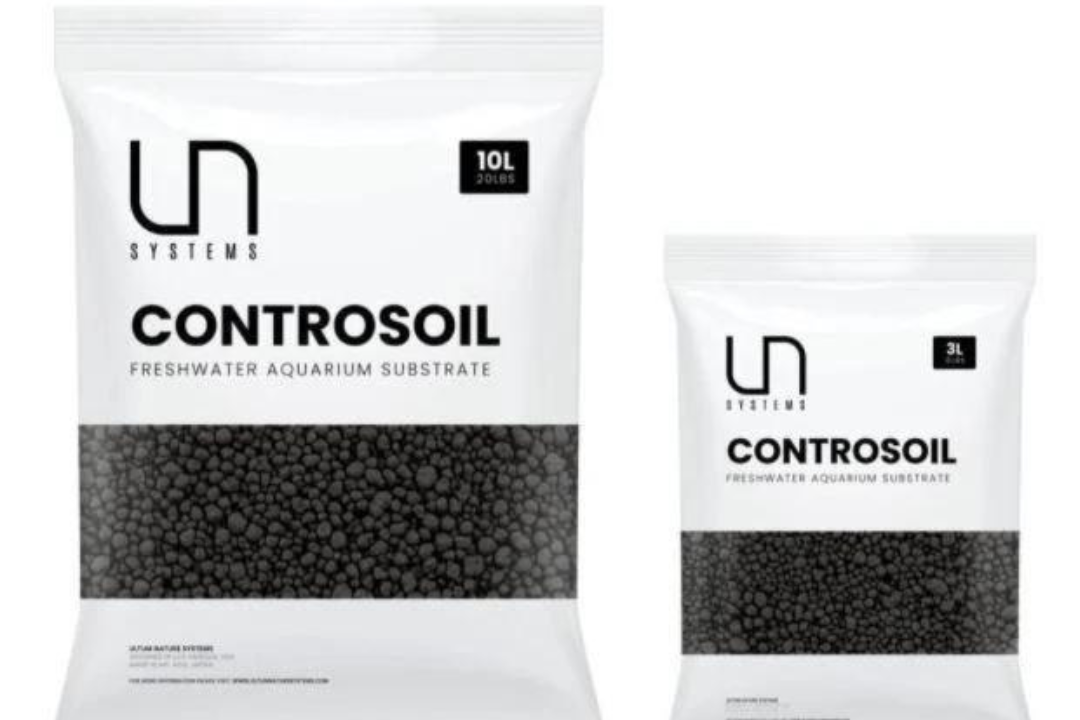This offer is valid for online purchases only, not valid at in-store location.
Shipping/Order Info
We do offer free 100% DOA (dead-on-arrival) protection for all livestock orders, meaning live arrival is guaranteed!
Here are the conditions that must be met in order to be eligible for our DOA claim:
1. The package must be received on the first delivery attempt.
2. (a) If any livestock show up DOA, you must leave the packaging it is in sealed/unopened.
(b) Take a video of the DOA livestock in the unopened bag it arrived in to be eligible for the DOA claim. Opening the packaging that any product arrives in, ends the arrival period and indicates that all products have arrived in an acceptable condition.
3. All claims and video files must be received within 2 hours of the package's first arrival to the buyer's address. Videos must be sent to info@ckfishworld.com. Failing to provide a claim or video file to the above email address therefore voids any eligibility for a DOA claim.
All valid DOA claims will be replaced with the same species fish, store credit, or a refund.
If you do not receive a follow-up email from us, please check that your email was sent to the correct address and check your spam folder.
Please make sure your shipping address is correct prior to placing an order as we will not be held responsible for DOA due to undeliverable, incomplete, or incorrect addresses.
All LIVESTOCK orders will be shipped out on MONDAYS and TUESDAYS. All Livestock must be shipped via Overnight method to ensure they reach their destination safely.
All PLANT orders will be shipped out on MONDAYS and TUESDAYS. Plant orders will be shipped within 1-2 days.
Any DRY GOOD orders will be shipped out from Monday through Thursday depending on when your purchase is completed.
Return Policy:
1. All livestock purchases are non returnable, due to the complex packaging procedures and precautions needed to ship them.
2. All dry-good purchases may be returned if unopened. If the packaging for any dry goods have been opened but unused, it may still be eligible for return.
(a) Dry goods that have been opened and unused may be returned if it is able to be returned back exactly the same as it was received.
(b) If seeking to return any dry good product, the buyer must provide a video of whatever it is they are attempting to return to info@ckfishworld.com.
(c) Our team will then provide you with the information of whether or not you are eligible for a dry good return.
3. If any dry good product has been used, damaged, or altered in any noticeable way, it is no longer eligible for a return.
4. We have NO control over any product that has been lost, damaged, or delayed due to POSTAL SERVICES, therefore we are NOT responsible if any of these rare occasions may occur.
Shipping costs are not covered for any returns.
Returns will result in store credit towards a future purchase (unless stated otherwise).
No, the pictures shown for all inventory are just examples of the products we carry. Our team will make sure to pick out the healthiest available livestock for your order, so rest assured.
There are certain fish that we carry where it would be possible for our team to make an expert judgement on whether or not that fish is male or female. However, the fish's gender is not 100% guaranteed due to the fact majority of fish we carry are still juvenile and harder to come to a 100% accurate answer on.
There are also certain fish where we will not be able to accept requests for them to be of a certain gender.
If ever there is a need for you to contact us in regards to anything relatable to the store please reach out to us via the website's live chat for the fastest response time. You can also email us at info@ckfishworld.com. We will be sure to get back to you and help you to our greatest capability.
If there is ever the rare occurrence where our checkout feature is malfunctioning. Please message us via live chat, or through email and we will be sure to resolve the issue as soon as possible. Please provide us with a screenshot and description of the issue you are experiencing, for our team to find out what needs to be resolved.
Frequently asked questions
The best way to stay updated on new inventory would be through our newsletter. Sign up for our newsletter to be informed of new products, special offers, and more.
We're always bringing in new and exciting products. Our inventory stays on its toes, adapting quickly to the latest trends and customer preferences. Staying flexible with stock allows us to stay ahead, meet demands, and deliver the best to our customers in this fast-paced marketplace.
We take great joy in meeting our customers' needs. All suggestions or requests by our customers are taken with great consideration. Please feel free to let us know any requests through contacting info@ckfishworld.com and our team will help you at our earliest opportunity to.
1. Preparation
- Check Water Parameters: Ensure that the aquarium water parameters (temperature, pH, salinity, etc.) are within the acceptable range for the species of fish you are adding.
2. Float the Bag
- Place the Bag in the Aquarium: Float the sealed bag containing the fish on the surface of the aquarium water. This step allows the water temperature in the bag to gradually match the aquarium temperature.
- Duration: Let the bag float for about 15-20 minutes. This helps in equalizing the temperature, reducing the risk of thermal shock.
3. Transfer the Fish Without Adding Bag Water
- Prepare a Net
- Transfer Fish Using a Net: Gently use the net to catch the fish from the bag.
- Move Fish to Aquarium: Carefully transfer the fish into the aquarium using the net. This method prevents the introduction of potential contaminants from the bag water into your aquarium.
- Dispose of Bag Water: Properly dispose of the water in the bag; do not pour it into your aquarium.
4. Monitor the Fish
- Observation: Carefully observe the fish for the first few hours after introduction. Look for any signs of stress or unusual behavior.
- Lights: Keep the aquarium lights off for a few hours to help the new fish adjust to their new environment.
Additional Tips
- Quarantine New Fish: If possible, quarantine new fish in a separate tank for a few weeks before introducing them to your main aquarium. This helps prevent the spread of diseases.
- Avoid Overcrowding: Ensure your aquarium is not overstocked to prevent stress and maintain water quality.
- Feed Sparingly: Avoid feeding the fish immediately after introduction. Give them a few hours to acclimate before offering food.
By following these steps, you can help ensure a smooth transition for your new fish, promoting their health and well-being in their new home while keeping your aquarium free from potential contaminants.
Cycling a new fish tank is a crucial process that establishes a healthy environment for your aquatic pets by allowing beneficial bacteria to grow and create a balanced nitrogen cycle. Here's a step-by-step description of how to cycle a new fish tank:
1. Understanding the Nitrogen Cycle
The nitrogen cycle involves three main stages:
- Ammonia: Produced from fish waste, uneaten food, and decaying plant matter.
- Nitrite: Beneficial bacteria (Nitrosomonas) convert ammonia into nitrite, which is also toxic to fish.
- Nitrate: Another type of beneficial bacteria (Nitrobacter) converts nitrite into nitrate, which is much less harmful and can be removed through water changes.
2. Setting Up the Tank
- Clean the Tank and Equipment: Rinse the tank, substrate, decorations, and equipment (heater, filter) with water. Avoid using soap or chemicals.
- Add Substrate and Decorations: Place the substrate and arrange decorations and plants.
- Fill the Tank with Water: Use dechlorinated water to fill the tank. Chlorine in tap water can harm fish and beneficial bacteria.
3. Starting the Cycle
There are two main methods to cycle a tank: fishless cycling and cycling with fish.
Fishless Cycling
- Add an Ammonia Source: Introduce pure ammonia or fish food to the tank to start the production of ammonia.
- Monitor Ammonia Levels: Use a water testing kit to measure ammonia levels. They should rise and then start to drop as bacteria convert ammonia to nitrite.
- Watch for Nitrite Spike: As ammonia levels drop, nitrite levels will rise. This indicates that the first type of bacteria is working.
- Wait for Nitrate Formation: Eventually, nitrite levels will decrease as nitrate levels rise, showing that the second type of bacteria is active.
- Keep Testing: Continue to monitor ammonia, nitrite, and nitrate levels until ammonia and nitrite are at 0 ppm (parts per million) and nitrates are present but manageable.
Cycling with Fish
- Choose Hardy Fish: Select fish that are tolerant of fluctuating water conditions.
- Introduce Fish Slowly: Add only a few fish at a time to avoid overwhelming the system with too much ammonia.
- Feed Sparingly: Overfeeding increases waste and ammonia levels.
- Monitor Water Parameters: Test ammonia, nitrite, and nitrate levels regularly.
4. Completing the Cycle
- Time Frame: Cycling can take anywhere from 4 to 8 weeks.
- Final Check: Once ammonia and nitrite levels are consistently at 0 ppm, and nitrates are present but controlled, the tank is fully cycled.
5. Maintaining a Cycled Tank
- Regular Testing: Continue to test water parameters weekly.
- Water Changes: Perform regular water changes (10-20% weekly) to keep nitrate levels in check.
- Avoid Overfeeding: Feed fish only what they can consume in a few minutes.
- Add Fish Gradually: Introduce new fish slowly to avoid disrupting the established cycle.
By following these steps, you ensure a stable and healthy environment for your fish, promoting their well-being and reducing the risk of disease and stress.
Taking care of aquarium plants involves ensuring they have the proper conditions to thrive, which includes providing the right lighting, nutrients, and environment. Here are the key steps to maintain healthy aquarium plants:
1. Choose the Right Plants
- Select Appropriate Plants: Choose plants that are compatible with your aquarium's conditions and your skill level. Beginner-friendly plants include Java Fern, Anubias, and Amazon Sword.
2. Provide Adequate Lighting
- Light Requirements: Most aquarium plants require 8-12 hours of light per day. Ensure you have the right type of light for plant growth, such as LED or fluorescent lights specifically designed for aquariums.
- Intensity and Spectrum: Different plants need different light intensities. Research the light requirements of your chosen plants and provide a light spectrum that supports photosynthesis (usually in the range of 6500-7000K).
3. Use a Suitable Substrate
- Nutrient-Rich Substrate: Some plants need nutrient-rich substrates like aqua soil, while others can thrive in regular gravel with root tabs (fertilizer tablets placed in the substrate).
- Layering: Consider a layered substrate with nutrient-rich soil at the bottom and a protective layer of gravel or sand on top.
4. Ensure Proper Water Parameters
- Temperature: Most aquatic plants thrive in water temperatures between 72-82°F (22-28°C). Check the specific requirements of your plants.
- pH and Hardness: Maintain a pH range of 6.5-7.5 and ensure water hardness is suitable for your plant species.
5. Fertilization
- Liquid Fertilizers: Use liquid fertilizers to provide essential nutrients like iron, potassium, and micronutrients.
- Root Tabs: Insert root tabs in the substrate near the roots of heavy root feeders.
- CO2 Supplementation: Many plants benefit from CO2 injection. If you have a heavily planted tank, consider adding a CO2 system to enhance growth.
6. Regular Maintenance
- Pruning: Trim plants regularly to remove dead or damaged leaves and control growth. This helps prevent overcrowding and promotes healthy new growth.
- Cleaning: Clean the glass and remove any debris or algae that may settle on the leaves.
7. Algae Control
- Balance Lighting and Nutrients: Excess light and nutrients can lead to algae growth. Ensure a balance to prevent algae overgrowth.
- Algae Eaters: Introduce algae-eating fish or invertebrates, like Amano shrimp or Otocinclus catfish, to help control algae.
8. Monitor Plant Health
- Signs of Deficiency: Look for signs of nutrient deficiencies, such as yellowing leaves (iron deficiency) or holes in leaves (potassium deficiency). Adjust fertilization accordingly.
- Disease and Pests: Check for signs of plant disease or pests like snails. Quarantine new plants before adding them to your tank to prevent infestations.
9. Water Changes
- Regular Water Changes: Perform regular water changes (20-30% weekly) to remove excess nutrients and waste, which helps maintain water quality and supports plant health.
10. Research and Adapt
- Continuous Learning: Stay informed about the specific needs of your plants and be prepared to adjust care routines as needed. Each plant species may have unique requirements.
By providing the right environment, nutrients, and regular maintenance, you can enjoy a lush and thriving planted aquarium. Healthy plants not only enhance the aesthetic appeal of your tank but also contribute to a balanced and stable ecosystem for your aquatic pets.
Algae problems in an aquarium can be frustrating, but with proper management and preventive measures, you can control and reduce algae growth. Here are some effective strategies to handle algae problems in your aquarium:
1. Identify the Type of Algae
- Green Algae: Often caused by excess light and nutrients.
- Brown Algae (Diatoms): Common in newly set up tanks, usually due to excess silicates and low light.
- Blue-Green Algae (Cyanobacteria): Usually indicates poor water quality and low oxygen levels.
- Hair Algae: Often a result of high nutrient levels and strong lighting.
- Black Beard Algae: Linked to fluctuating CO2 levels and high phosphate levels.
2. Control Lighting
- Adjust Light Duration: Limit the lighting period to 8-10 hours per day.
- Reduce Light Intensity: If your tank is receiving too much light, reduce the intensity or use a timer to control the duration.
- Avoid Direct Sunlight: Place the aquarium away from direct sunlight to prevent excessive algae growth.
3. Maintain Water Quality
- Regular Water Changes: Perform weekly water changes (20-30%) to remove excess nutrients that promote algae growth.
- Proper Filtration: Ensure your filter is functioning properly and clean it regularly to maintain water quality.
- Monitor Water Parameters: Test for ammonia, nitrite, nitrate, and phosphate levels. Keep nitrates below 20 ppm and phosphates below 0.05 ppm.
4. Nutrient Control
- Avoid Overfeeding: Excess food decomposes and increases nutrient levels in the water. Feed fish only what they can consume in a few minutes.
- Balanced Fertilization: If you have live plants, provide balanced fertilization to avoid excess nutrients. Use fertilizers as directed and avoid overuse.
5. Introduce Algae Eaters
- Fish: Species like Siamese algae eaters, Otocinclus catfish, and Plecostomus can help control algae.
- Invertebrates: Amano shrimp, Nerite snails, and other algae-eating invertebrates can be effective.
6. Mechanical Removal
- Scraping and Scrubbing: Use an algae scraper or pad to manually remove algae from glass, decorations, and plants.
- Vacuuming: During water changes, vacuum the substrate to remove algae and debris.
7. Chemical Treatments
- Algaecides: Use algaecides as a last resort and follow the manufacturer's instructions carefully. Be aware that some algaecides can harm fish, plants, and beneficial bacteria.
8. CO2 Levels
- Stable CO2: For planted tanks, ensure stable CO2 levels to promote healthy plant growth and outcompete algae.
9. Biological Balance
- Plant Competition: Healthy plant growth can outcompete algae for nutrients. Ensure your plants have adequate light, CO2, and nutrients.
- Beneficial Bacteria: Maintain a healthy population of beneficial bacteria to process waste efficiently and reduce nutrient availability for algae.
10. Prevention and Monitoring
- Quarantine New Additions: Quarantine new plants, fish, and decorations to avoid introducing algae spores.
- Routine Monitoring: Regularly inspect your tank for early signs of algae and address issues promptly.
By following these steps and maintaining a balanced aquarium environment, you can effectively manage and prevent algae problems. Regular maintenance and monitoring are key to keeping algae under control and ensuring a healthy, beautiful aquarium.


